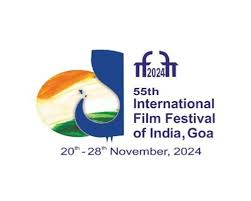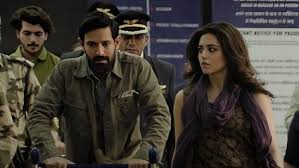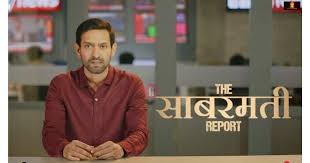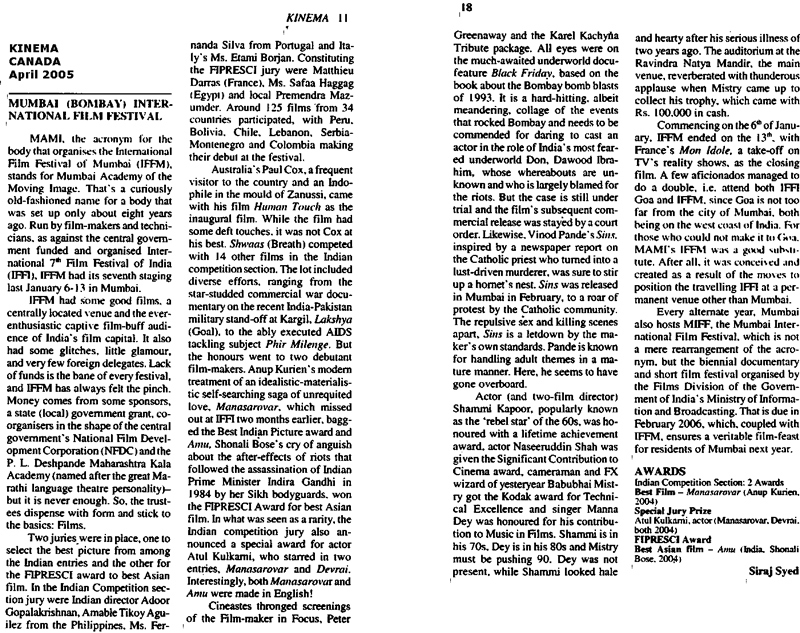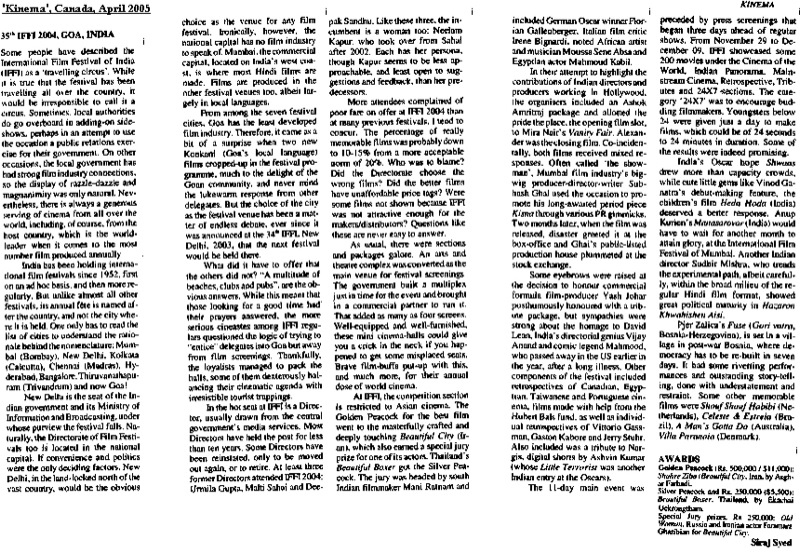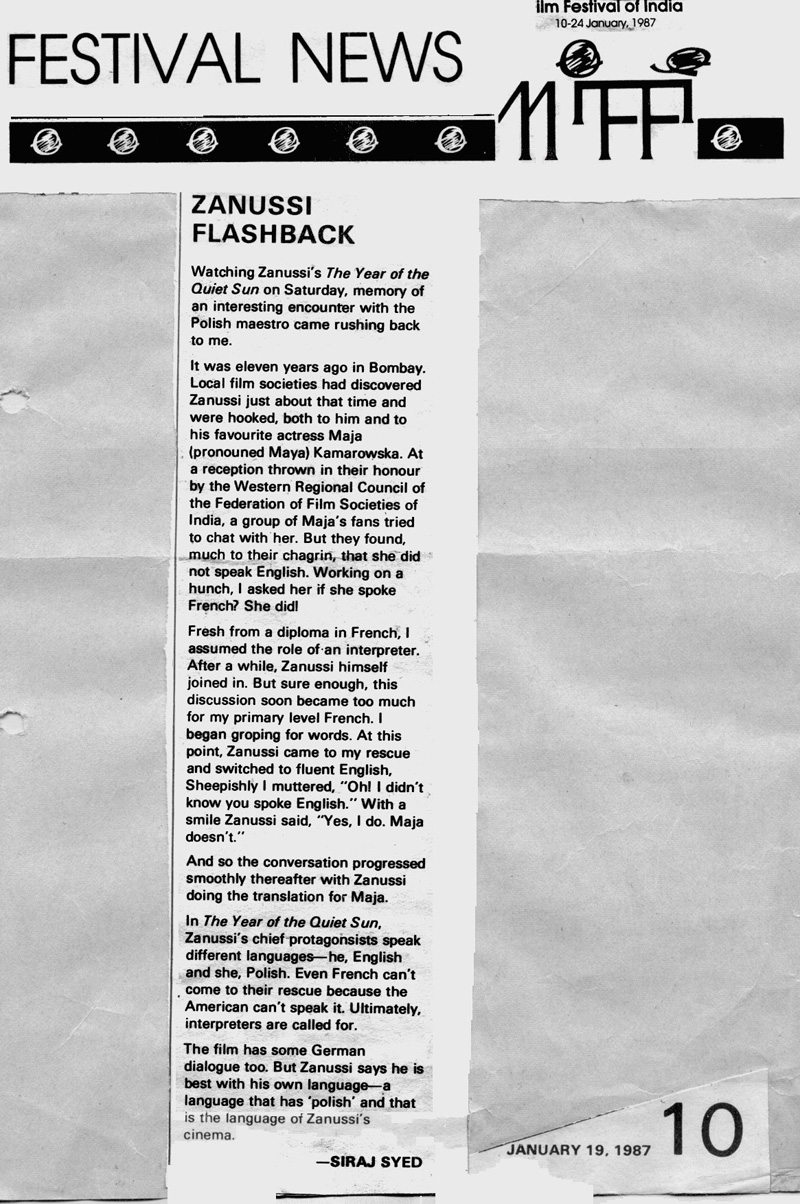|
|
||
|
Pro Tools
FILMFESTIVALS | 24/7 world wide coverageWelcome ! Enjoy the best of both worlds: Film & Festival News, exploring the best of the film festivals community. Launched in 1995, relentlessly connecting films to festivals, documenting and promoting festivals worldwide. Working on an upgrade soon. For collaboration, editorial contributions, or publicity, please send us an email here. User login |
The Sabarmati Report, Review: Pass or fail?
The Sabarmati Report, Review: Pass or fail? One song that is closely associated with Sabarmati goes ‘Dey dee hamen aazaadee bina khadag bina dhal, Sabarmati key sant tooney kar diya kamaal.’ The Sant (Saint) in this context was Mohandas Karamchand Gandhi, better known as Mahatma (great spirit) Gandhi, whom it extolls, for gaining independence for India by, non-violent means. Outside Gujarat, Indians know Sabarmati as a river in Gujarat, and the Sabarmati Express as a train. Whereas a river is vital for the eco-system and food chain, Sabarmati is also associated with the Godhra incident. In 2002, two bogies (compartments) of this train went-up in flames, killing 59 people. The bogie was designed to carry 72 passengers, but three times that number were travelling in it, when it stopped at Godhra, a relatively less known railway station, in Gujarat. So what makes the incident current and worth reliving, 22 years later, on screen? A film called The Sabarmati Report does. While the Report of a judicial inquiry held 31 persons guilty of starting that fire and attacking the bogies before that, and sentenced them accordingly, including death sentences of the masterminds, the film feels that the world should remember the names of all 59 passengers and the role of a particular English TV news channel, which conspired to depict the fire as an accident. Has the film succeeded in attracting audiences to cinemas? Obviously not. The attendance at PVR Movietime theatre in Bandra in a 5 pm Friday show, the first day of its release in Mumbai, was in single digits—nine to be exact. So, what is outcome of this exercise? Read on.
A tragedy of the worst kind, the film explores the role of motivated media, which tried to pass off the entire episode as an accident. On their part, the politicians and religious leaders are nailed as the villains. 3-4 times in the film, actual footage is used. For the rest, it is a tripartite outing, with a video cameramen (Samar), an eyeball counting die-hard conformist and opportunist (Monica Rajpurohit) and the green-horn apprentice (Amrita) who ends up locking horns with her idol and joins hand with the cameraman, to unearth the conspiracy. Samar is a film-beat cameraman who is suddenly pushed into the game of TV politics and religious fanatics, in a role where he is bound to fail, and lands up in jail, accused of stealing the channel’s video camera. His girl-friend bails him out, but breaks to him the breaking news that she will never see him again. He takes to heavy smoking and drinking. Alcoholism leads him to steal a bottle of liquor, which results in him being bashed-up. Manika, on the other hand, conspires with her team to hush-up the matter, and simultaneously the one room operation called EDT news becomes a concrete and glass multi-storeyed edifice in upmarket New Delhi. Samar’s girl-friend decides to marry another man, which leads Samar to consume more and more alcohol and burning hundreds of cigarettes. He pooh-poos the stories that the fire was caused by a cigarette or a somebody cooking a meal in the bogie. He is sure that in such an over-crowded bogey, both premises ring false. Amrita, who is desperate to get on to big story to impress Manika, takes the Godhra incident seriously, and traces Samar out. The bankrupt and penniless Samar, agrees to re-visit Ground zero five years later, in return for hard cash. The two travel from New Delhi to Ahmedabad and from there to Godhra. After some road-blocks, they trace the two key witnesses who, according to Samar, are cooking up stories about a molestation/kidnapping incident that led to a stone and brick pelting incident at the station, just before the fire started. There is an official inquiry instituted, but the duo does their part of sleuthing, and manage to trace the two. Helped by a Godhra-based lady who is fighting to get justice, they manage to nab one jailbird. Masquerading as court officials, they visit him and make him spill the beans. Although the missing links and are joined now, and the very likely culprits identified, what can these two achieve and how will they make public their findings? Samar is debarred from entering the EDT premises and Amrita is a mere researcher, and, at best, is a rookie working under Manika. Now, since the hero and the heroine are the hero and the heroine, they find a way to retrieve the tape that Samar had shot, and the channel believed had destroyed by their librarian, as ordered. What the channel’s top brass did not know was that librarian Mishra had made a copy of it. And this copy, along with the statements team of two had gathered, would decimate any false theories propagated by EDT. We are not shown what other channels were showing during the period in question. Since there is no action of the routine film kind, the director and editor of The Sabarmati Express have included a chase wherein the two are running away from some goons who want to teach them a lesson, and fracture or dislocate Samar’s right hand Samar’s, when he tries to stop Amrita being whisked away. After getting hold of her tape, they throw her out of the car, and she rejoins Samar in the hunt for yellow February (the incident occurred on 27 February 2002). Most of the characters in a desperate hurry and the pace of the film also conforms to the physical movements of the characters. That is a good idea, when you do not have any action in a film about 59 deaths. Such breakneck cutting was essential, for, otherwise, it would slide into the documentary mode. One of the two directors, Dheeraj Sarna, has written the dialogue too, and some 5-6 lines are examples of his limited acumen in this field, particularly the lines Manika and Amrita exchange about Manika not remembering names of her subordinates, unless they achieve something earth-shattering. Loud music almost throughout the film is jarring. Sarna and Chandel have done the film good by including only background songs and chants, instead of lip sync songs, which would be a strictly no-no, in such a grisly tale. A large part of the film dwells on the predominance and preponderance of the English language over Hindi. This bit is overdone, with Samar writing ‘visthapit’ (immigrants) on a black-board while prompting Amrita, who is talking to Manika on what, in, 2024 appears to be a primitive cell-phone. Could they not have planned what to tell Manika when she calls, instead of being caught unawares? None of the three characters are given any back-story, which results in them appearing uni-dimensional. Sarna also fails to justify the mission of Samar, because there is a judicial inquiry on, and the culprits identified in the Nanavati report get what was coming to them anyhow. It is being unrealistic to expect anybody to remember the names of the dead, years and decades after the incident occurred. Not remembering their names does not mean that we have forgotten everything about this heart-rending episode. Perhaps, in the eyes of the makers the innocent victims needed to be remembered as Kar-Sevaks (doing their bit for the building of a Lord Ram Mandir in Ayoddhya), returning home after doing their bit in the exercise of removing the debris of a masjid torn down and helping create ground zero for a mandir to be built in its place. Also, the fact that many of those were filled were women and children does make one extremely sad, but remembering their names contributes nothing to their status as victims who were roasted alive on the train. The fire was doused soon after it had done the mentioned damage. Much water has flown down since. This film might be seen as an attempt to stoke the fire, taking the help of those who have embers and cinders still glowing at the back of their brains. Its release, at the time when some Indian states are conducting elections, could be seen as motivated and planned, to capture much-needed votes to tilt the balance in favour of one or more fundamentalist parties. Attention to detail is missing. We see actors talking to each other with a mobile phone on and saying things that were not meant to be heard by the other party. Many of the alleged perpetrators of the crime have little or no presence and are shown as even more uni-dimensional than the lead actors. Before I come to the actors, let us mention the pillars of this film, the directors and screenplay: Director Dheeraj Sarna (Replaced Ranjan Chandel), Screenplay: Arjun Bhandegaonkar, Avinash Singh Tomar and Vipin Agnihotri.
One must commend the deep sincerity Vikrant Massey shows as Samar. But almost all his dialogue is designed as monologues, even when he is speaking to someone. Add to that his recurring Voice-Over, and suddenly, you feel there is too much of him. But he is the only actor who shows his merit in most scenes. He does not carry the role of a Devdas (legendary drunkard in a novel, filmed thrice in recent times) too well. Carrying the torch for Hindi against English is a noble cause, since most Indians do not speak English. But then, most Indians do not speak Hindi either. This track almost veers the narrative away from the Godhra horror. In my rating, ½ of a star is thanks to him. Playing Manika Gill is Raashii Khanna. Perhaps she has had to imitate the style of some famous TV journalist, but it is too brusque and flat. Her TV shows’ background appears as a baggage that she could well do without, but then again, she is playing a TV newsreader, isn’t she? Riddhi Dogra looks older than an apprentice, being 38 in real life and not shown much younger on screen. But she comes across a sweet, charming woman. Rest of the actors do not have enough screen-time to display any histrionics, but let me give them due credit: Nazneen Patni, Hella Stichlmair, Aryan Ardent, Prince Kashyap, AI Arjun, Prince Kashyap, Sandeep Kumar as a Journalist, Sundip Ved as Senior Minister, Rohit Ameriya as Mehboob Latifa, Anjali Nadig as Railway Lady Clerk, Tushar Phulke as Lawyer Jethalal Makwana (name not mentioned in the film) and Barkha Singh (Cameo appearance, as Samar’s girlfriend). On the musical side are Kartik Kush, Akhil Sachdeva, Anu Malik, Arko and Ketan Sodha (background score). Judging the actor who plays the judge (I cannot recall his name), I pronounce him innocent and serene. The internet tells us that in April this year, The Sabarmati Report faced censor issues by the, and advised to reshot few scenes from the film. On July 2024, Ranjan Chandel opted out of the film, due to the changes on the story-line, and said he doesn't need any credit with the film. But he is given due credit. Later, in August 2024, Chandel was replaced by television writer and actor Dheeraj Sarna, with the changed storyline and plot. Cinematographers Amlendu Chaudhari and Stanley Mudda have done a fair enough job. Editing by Manan Sagar paces the film in sprint mode, though it is only 127 minutes long. A pat on the back for Art Director Salim Shah. Gross injustice was meted out to the sound-track, with dialogues in high bass and muffled at the cinema I went to. Hope this was an exception, and not the rule, at other venues and other shows. What verdict do I pass on this report? Like in an academic institution, Pass or Fail? Well you decide. After some grace marks, it gets 40/100. Is that pass or fail? Well, at some levels, in some institutes, 33% is considered pass. At others, a minimum of 50% means you have passed the litmus test. Rating: ** 17.11.2024 | Siraj Syed's blog Cat. : Amlendu Chaudhari Dheeraj Sarna Ranjan Chandel
|
LinksThe Bulletin Board > The Bulletin Board Blog Following News Interview with EFM (Berlin) Director
Interview with IFTA Chairman (AFM)
Interview with Cannes Marche du Film Director
Filmfestivals.com dailies live coverage from > Live from India
Useful links for the indies: > Big files transfer
+ SUBSCRIBE to the weekly Newsletter Deals+ Special offers and discounts from filmfestivals.com Selected fun offers
> Bonus Casino
User imagesAbout Siraj Syed Syed Siraj Syed Siraj (Siraj Associates) Siraj Syed is a film-critic since 1970 and a Former President of the Freelance Film Journalists' Combine of India.He is the India Correspondent of FilmFestivals.com and a member of FIPRESCI, the international Federation of Film Critics, Munich, GermanySiraj Syed has contributed over 1,015 articles on cinema, international film festivals, conventions, exhibitions, etc., most recently, at IFFI (Goa), MIFF (Mumbai), MFF/MAMI (Mumbai) and CommunicAsia (Singapore). He often edits film festival daily bulletins.He is also an actor and a dubbing artiste. Further, he has been teaching media, acting and dubbing at over 30 institutes in India and Singapore, since 1984.View my profile Send me a message The EditorUser contributions |

















